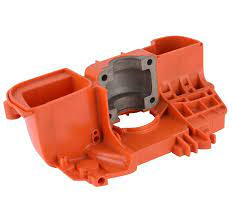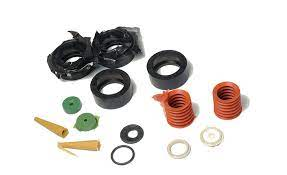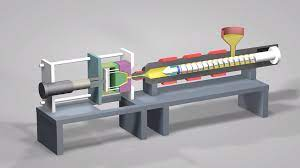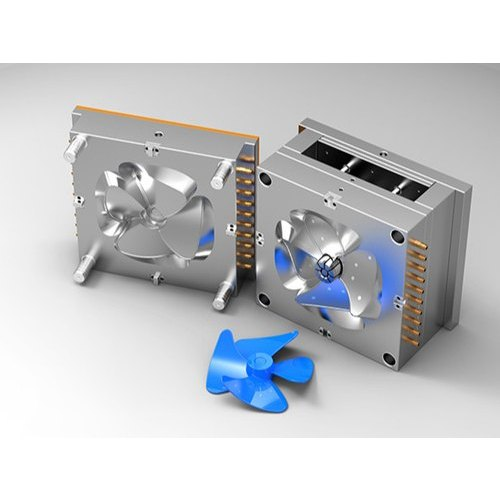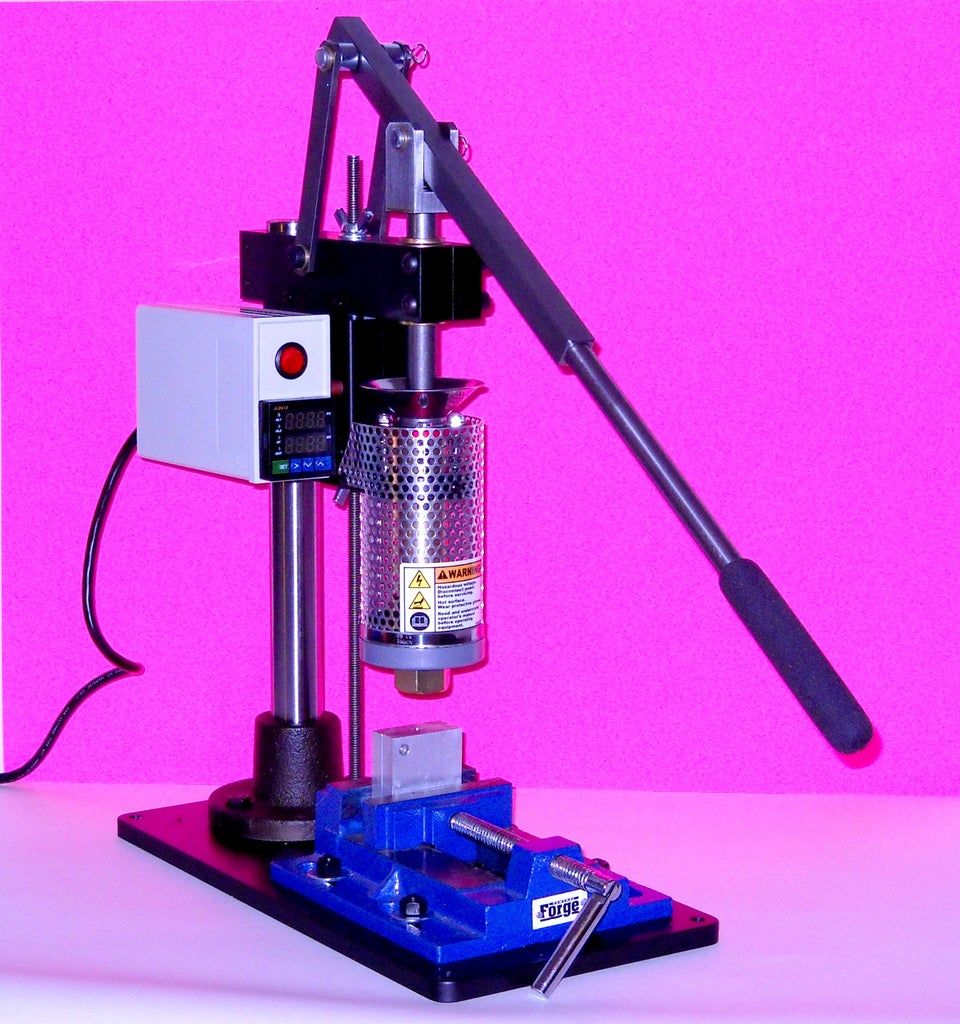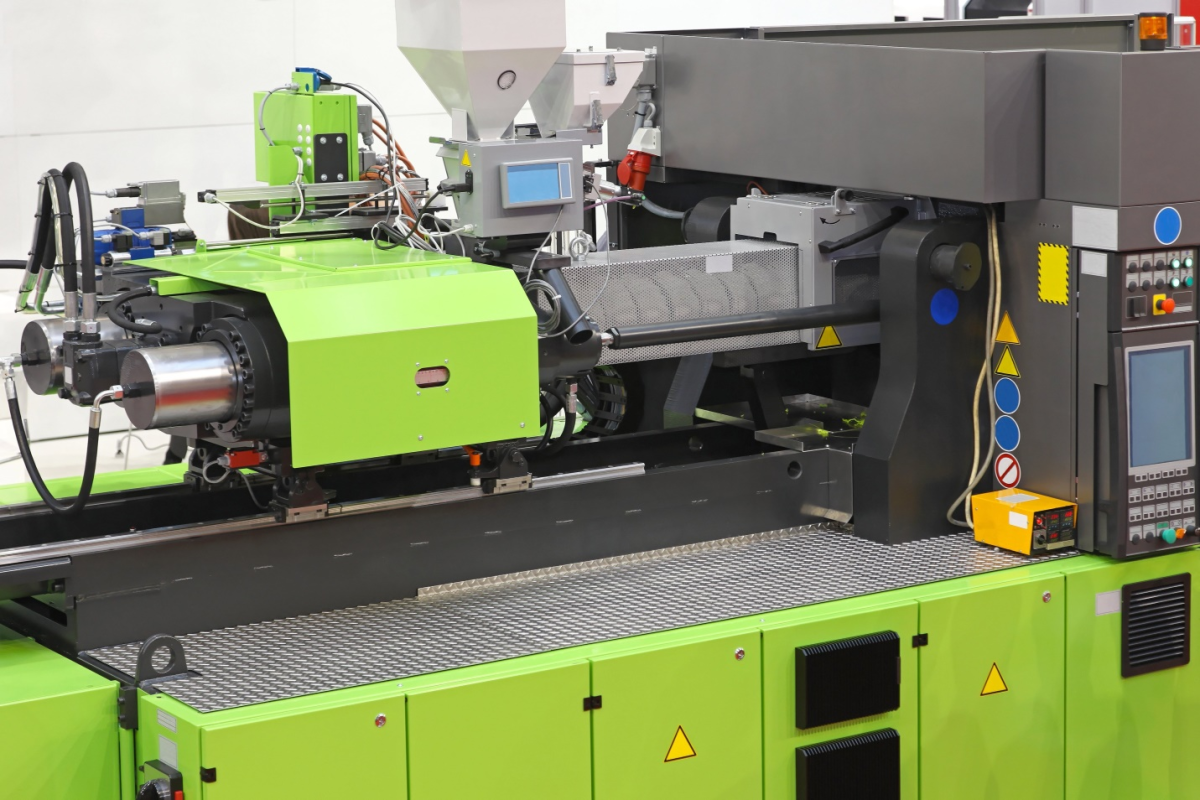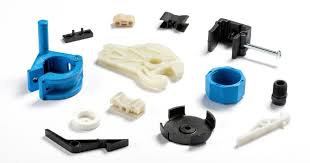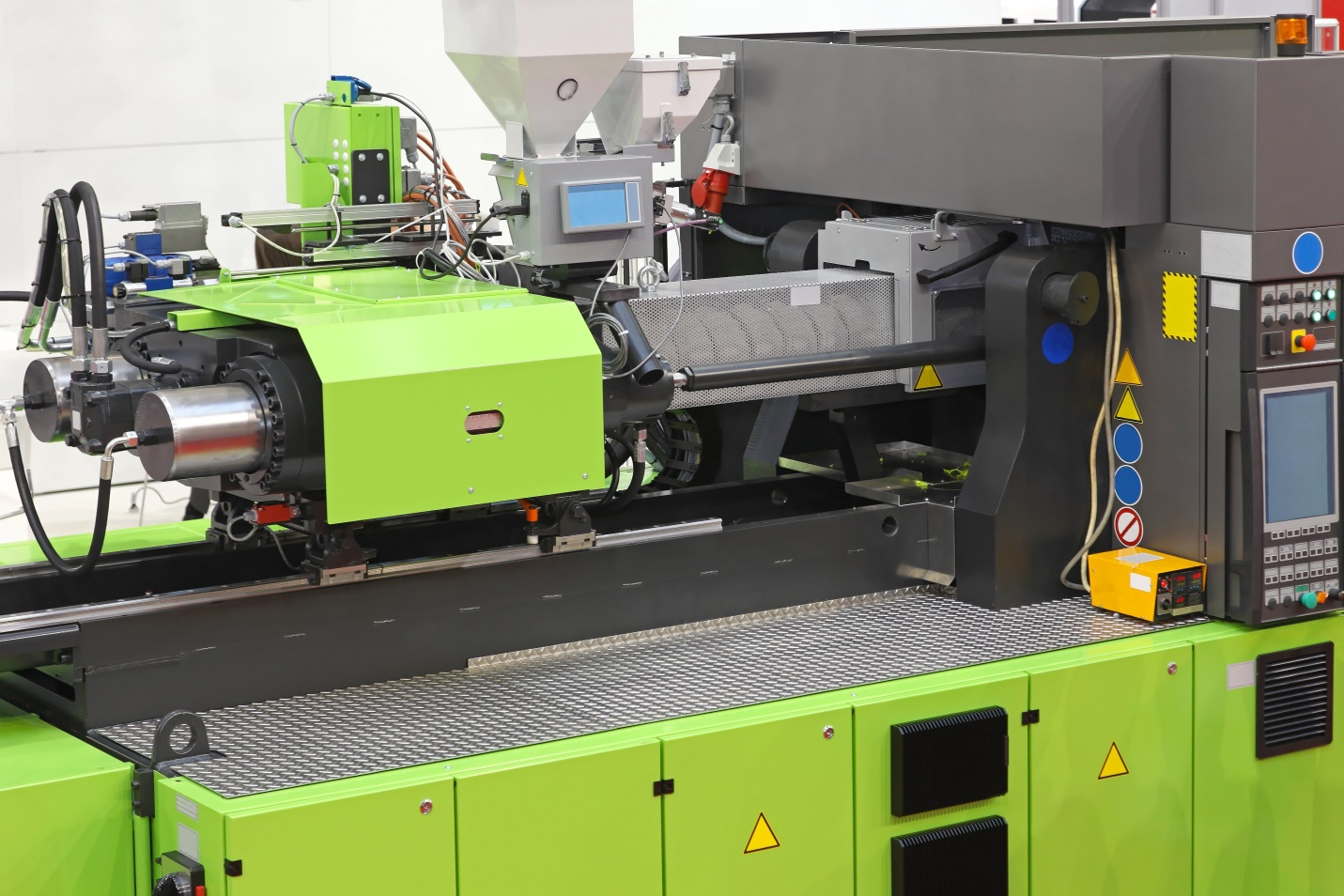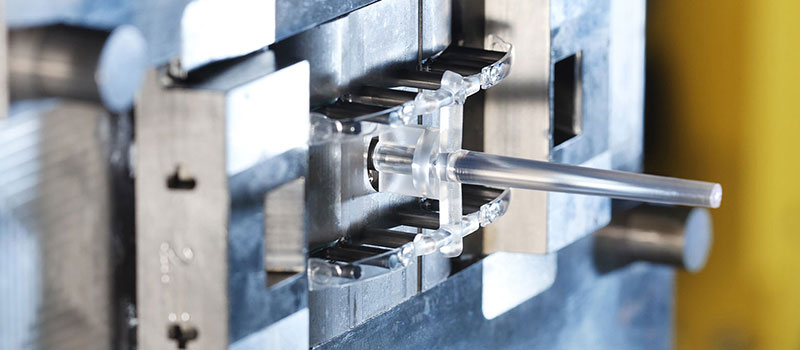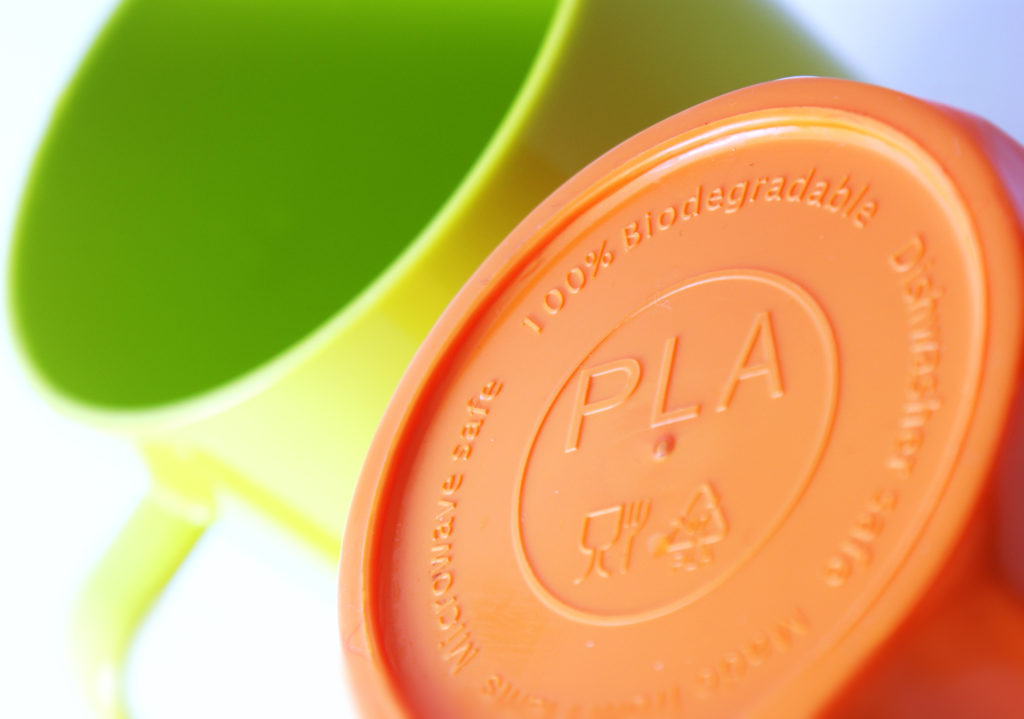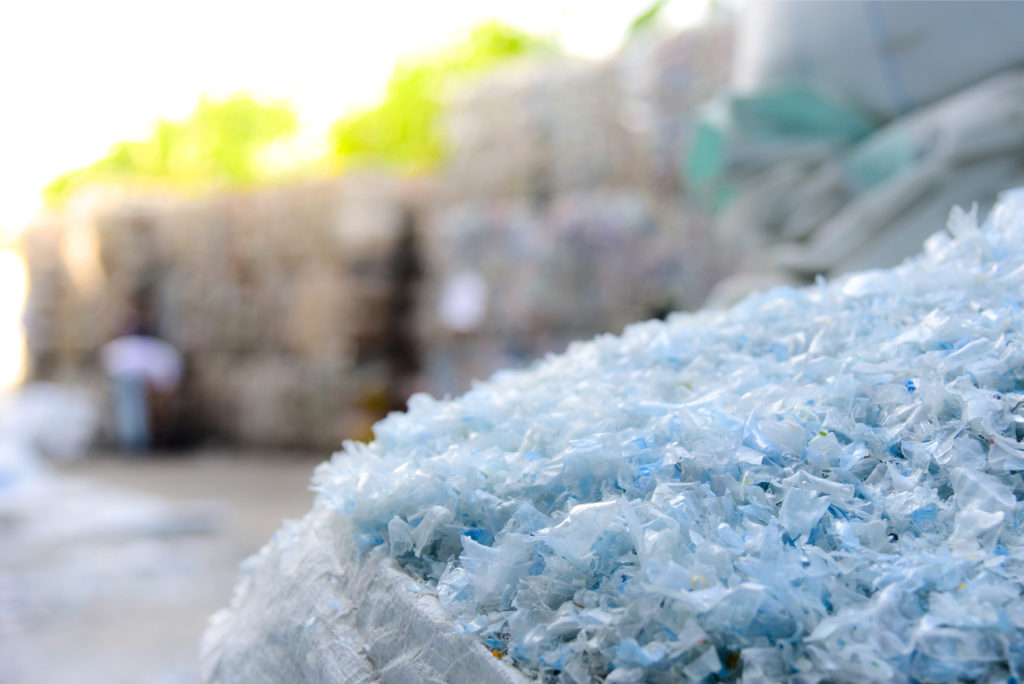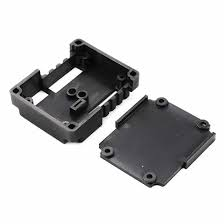
Among the techniques for the transformation of plastic materials, the most widespread is custom plastic injection molding.
In this industrial production process, the plastic material is melted (plasticized) and injected at high pressure into a closed mold.
The Advantages of This Type of Processing Are:
- high productivity
- low production costs, given the high automation of processes
- possibility of producing parts with complex geometries, very small, but also very large
- Production of products with different colors and materials.
Like professional custom plastic injection molding companies, we also deal with this plastic processing technique: our factory boasts an efficient and complete fleet of presses equipped with manipulator robots with a clamping force of up to 1,800 tons , to print even large items.
We provide Greater custom plastic injection molding Technologies
In addition, in our production department of over 2,500 square meters we also carry out over- injection and molding with nitrogen, a gas that allows us to quickly create hollow objects internally.
Plastic extrusion: characteristics and potential
L ' extrusion is a plastics processing technique which allows the creation of a constant section products (called "extruded") such as pipes, rods, plates and various plastic sections type.
Its characteristic is to create objects of great versatility.
The extrusion technique is good to use with metallic materials (such as steel, aluminum, lead, or copper), plastics and in general with materials that have high plasticity. The types of plastics that can be used are diverse, including PVC, PE, PP and PA, as well as rubber.
How does extrusion work?
In this technique, the material, which must be pasty, comes to pass by compression through a shape ("matrix" or "die").
- the plastic material, in the form of small granules, is heated and then melted
- then the shape is given by compression through the matrix
- the plastic is finally subjected to a cooling-consolidation process.
What professional custom plastic injection molding offers?
Extrusion is certainly one of the most used techniques in our factories, to obtain products with constant thicknesses and with great versatility of application.
In particular, we can make sheets with thicknesses that can vary from a few millimeters to a few centimeters and rounds from a minimum diameter of 20mm to a maximum of 300mm.
The importance of finishing in plastic processing
The custom plastic injection molding process is not possible to complete until the finishing touches give with the finishing process.
The finishing of plastic articles is in fact fundamental for the quality of the articles, both in terms of performance and aesthetics.
Each year at our company we process more than 16,000 tons of plastic material. Let's find out together how the objects produced in our factory.
The assembly
The assembly of the articles takes place directly in our production department to offer a faster and more flexible service. Being made directly by us, we have direct control over every phase of the process, thus guaranteeing further precision and accuracy.
Hot welding
The heat sealing is the ideal technique for all the welds of the watertight plastic, even for large parts. It also allows you to make three-dimensional welds or internal walls, even thin or complex shapes. There are many advantages, such as high quality in terms of resistance and hermetic seal, and time savings.
Custom plastic injection molding Labeling
In addition, custom plastic injection molding allows you to optimally print high-resolution images.
Thanks to our automatic labeling line we can apply self-adhesive labels from reels with a maximum diameter of 280 mm.
Automated cutting
In addition to welding and labeling, we finally make high-precision cuts thanks to the aid of 6-axis anthropomorphic robots that simulate the movements of the human arm, reducing time and ensuring high precision.
The blow molding technique is a production process used to obtain hollow plastic products, such as bottles or flacons.
With this technique it is possible to obtain objects - even with thin thicknesses - for mass production, thus reducing costs.
How does custom plastic injection molding work?
The process is simple and intuitive:
- a plastic preformcomes inside a special mold
- compressed airblows into the mold from the outside , so that the preform adheres to the walls of the mold
- The object is then cooled and the mold opens, thus releasing the finished product.
What we offer for blow molding?
Blow molding is one of the plastic molding techniques that we most use for the processes requested by our customers.
What do you get?
- Completed project on time.
- Mold made in accordance with the statement of work.
- A quality end product.
- Nice pricing policy.
The cost of custom plastic injection molding depends on:
- terms for development;
- additional design features of the mold;
- the need for subsequent manual processing;
- special requirements for the project.
Injection molding of plastics: stages
- Design and 3D modeling of the mold is developed based on finished data or using a finished product.
- Manufacturing of a mold for plastic injection based on a 3D model.
- Test casting to check the correct geometry of the product and conformity of the mold to the TOR.
- Modification of the mold in case of identification of defects.
- Delivery of the project to the customer.
What is the main advantage of custom plastic injection molding?
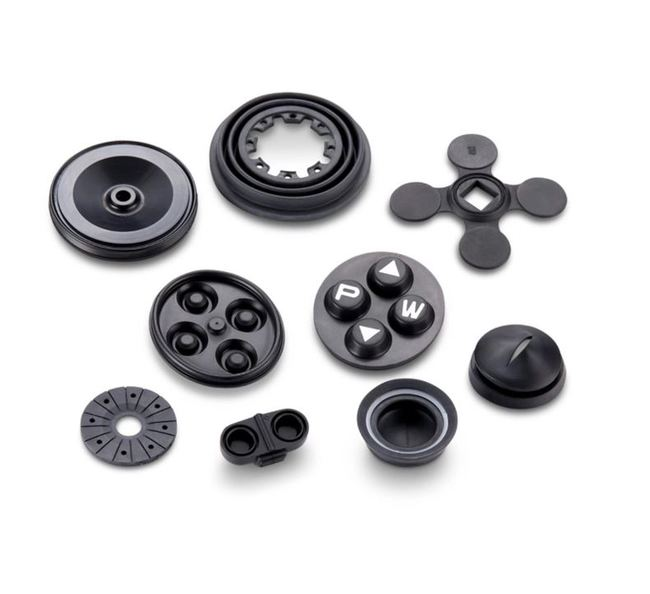
The main advantage of custom plastic injection molding is a very short production time. After creating a 3D model, and the use of materials with different properties, you can proceed easily. At the same time, the products do not have external differences and fully correspond to products.
Why custom plastic injection molding techniques is suitable?
Custom plastic injection molding is suitable for testing the technology. The surface texture depends on the prototype's 3D printing technology. Accordingly, if you want to get the quality after the injection molding machine, then you need to refine the prototype. In most cases, this is manual labor and to reduce it, we use stereolithography technology in 3D printing prototypes.
How many cycles does a 3D-printed mold withstand?
Below you can see that 3D printed forms can withstand a sufficient number of cycles to produce small batches of goods. This is quite inspiring information, because small-scale production has always been costly and troublesome.
Traditional metal molds are expensive and depend on long-term supplies. And this significantly affects the cost of small-batch products. The use of the custom plastic injection molding for printing molds significantly reduces time and material costs.

